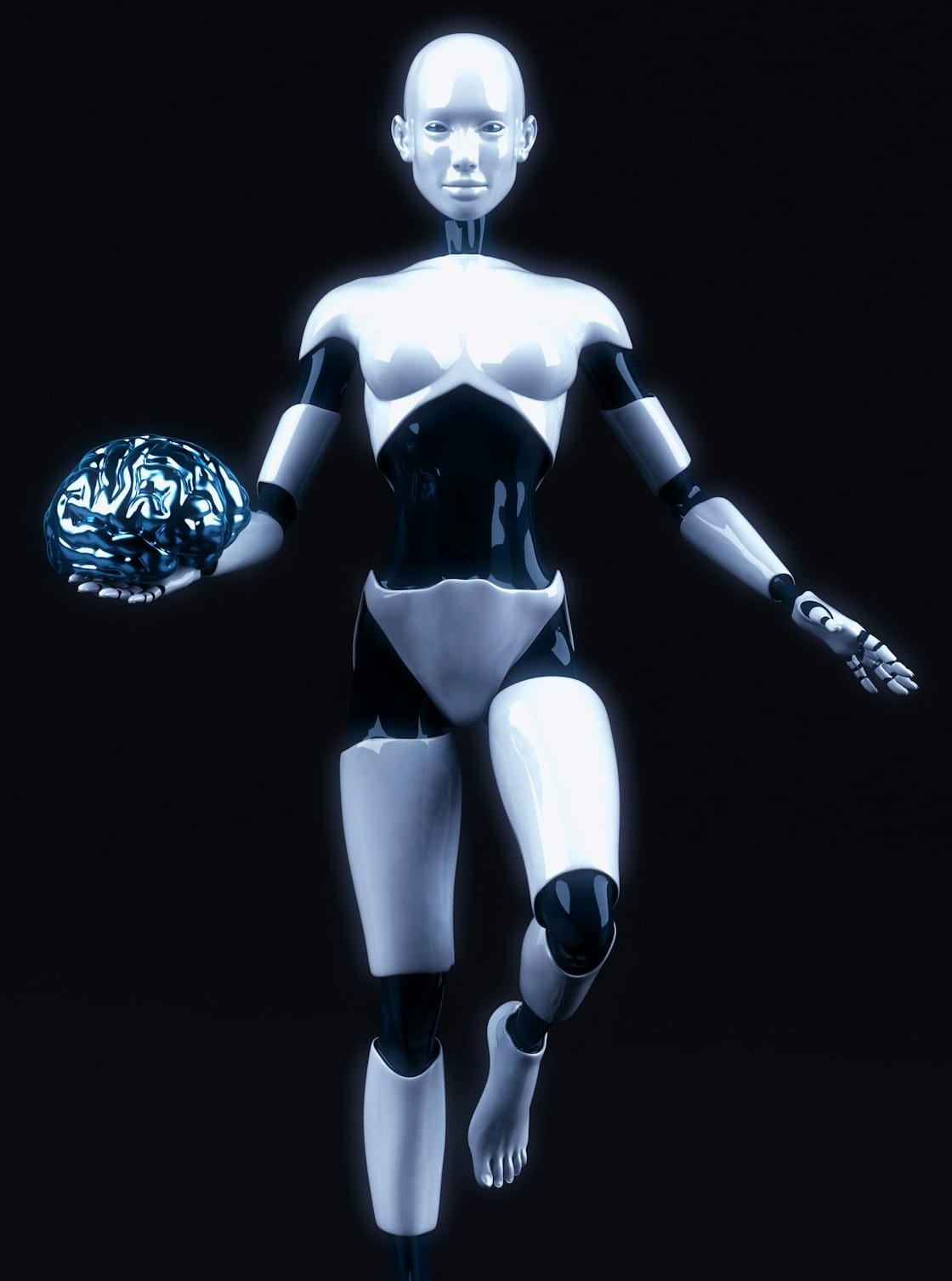Parameter Paradox: When Bigger Models Think Less Clearly
Are larger AI models actually smarter? Explore the parameter paradox and why smaller, sharper models may be the future.

As AI models grow from billions to trillions of parameters, a curious pattern is emerging: more doesn’t always mean better. In some cases, scaling up leads to sluggish reasoning, inconsistent logic, or even hallucinations. This growing mystery is being dubbed the Parameter Paradox.
In the AI arms race, size has become a proxy for intelligence. But what happens when giant models lose the very clarity they were meant to deliver?
The Obsession with Scale
The logic seemed simple: more parameters = more brainpower. GPT-3 (175B), PaLM (540B), and GPT-4 (estimated at over a trillion parameters with MoE) were hailed as leaps forward. Larger models could understand nuance, code faster, and mimic human creativity more convincingly.
But many developers and researchers now report an unsettling trend: larger models are sometimes less precise, slower to respond, and more prone to making confident but wrong assertions.
Why? Because scale alone isn't intelligence—it’s potential. And potential without control creates confusion.
When Size Becomes a Liability
The Parameter Paradox kicks in when:
- Training data diversity can’t keep up with model complexity
- Inference becomes slower, limiting real-time application
- Alignment layers interfere with model reasoning to “play it safe”
- Memory management issues cause previously learned patterns to conflict
As models swell, they may learn too much—and prioritize the wrong things. A trillion-parameter model might generate poetic responses, but flub a basic logic puzzle or miscalculate a simple percentage.
This isn’t just inefficient—it’s dangerous in mission-critical use cases like healthcare, law, or defense.
Are We Overshooting the Target?
AI research is beginning to acknowledge the diminishing returns of scale. Meta’s LLaMA 3, Mistral’s smaller models, and OpenAI’s rumored focus on mixture-of-experts (MoE) approaches all point to a growing realization: we need models that are smart, not just big.
Just as humans don’t get smarter by growing bigger heads, AIs need better architecture, cleaner data, and more intentional design—not just more digital neurons.
The Rise of Smaller, Sharper Intelligence
Emerging trends suggest a shift:
- Distilled models that retain knowledge but reduce weight
- Edge-optimized AI for speed and specificity
- Specialist agents that outperform generalist behemoths in domain-specific tasks
- Neurosymbolic hybrids combining reasoning with deep learning
We’re entering an era where smaller models may outperform giants on clarity, speed, and interpretability.
Conclusion: Smarter Isn’t Always Heavier
The Parameter Paradox reminds us that intelligence isn’t just volume—it’s value. As AI races ahead, it's time to rethink what real progress looks like.
Because the future of AI won’t be won by the biggest model. It will be won by the clearest thinker.


